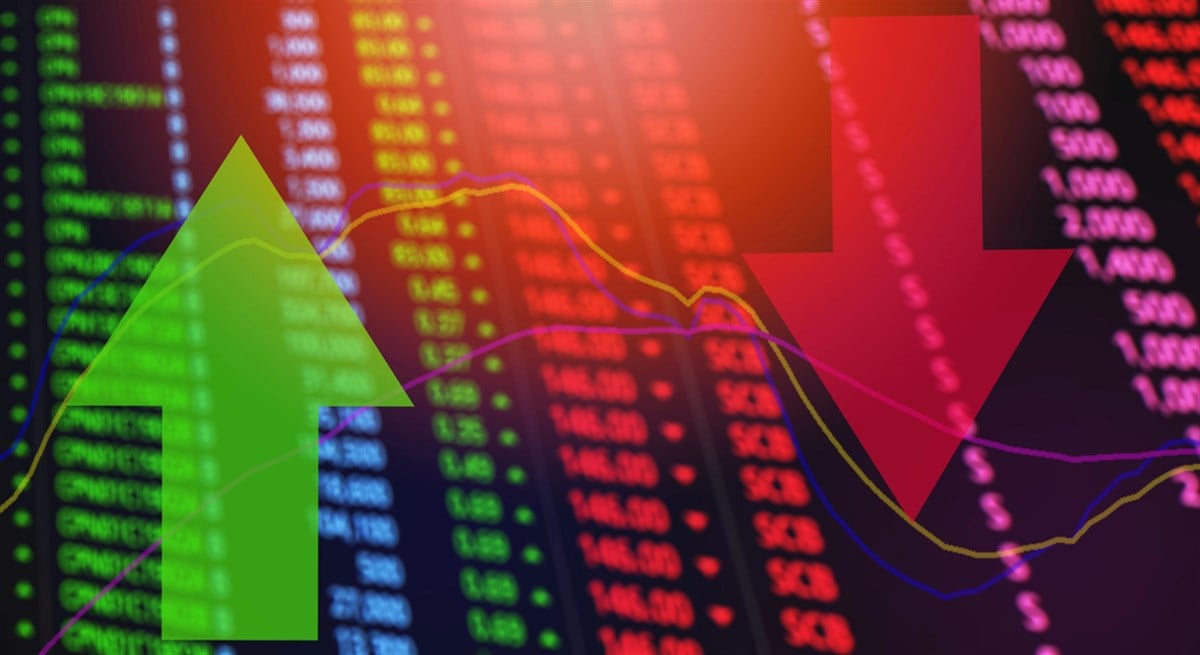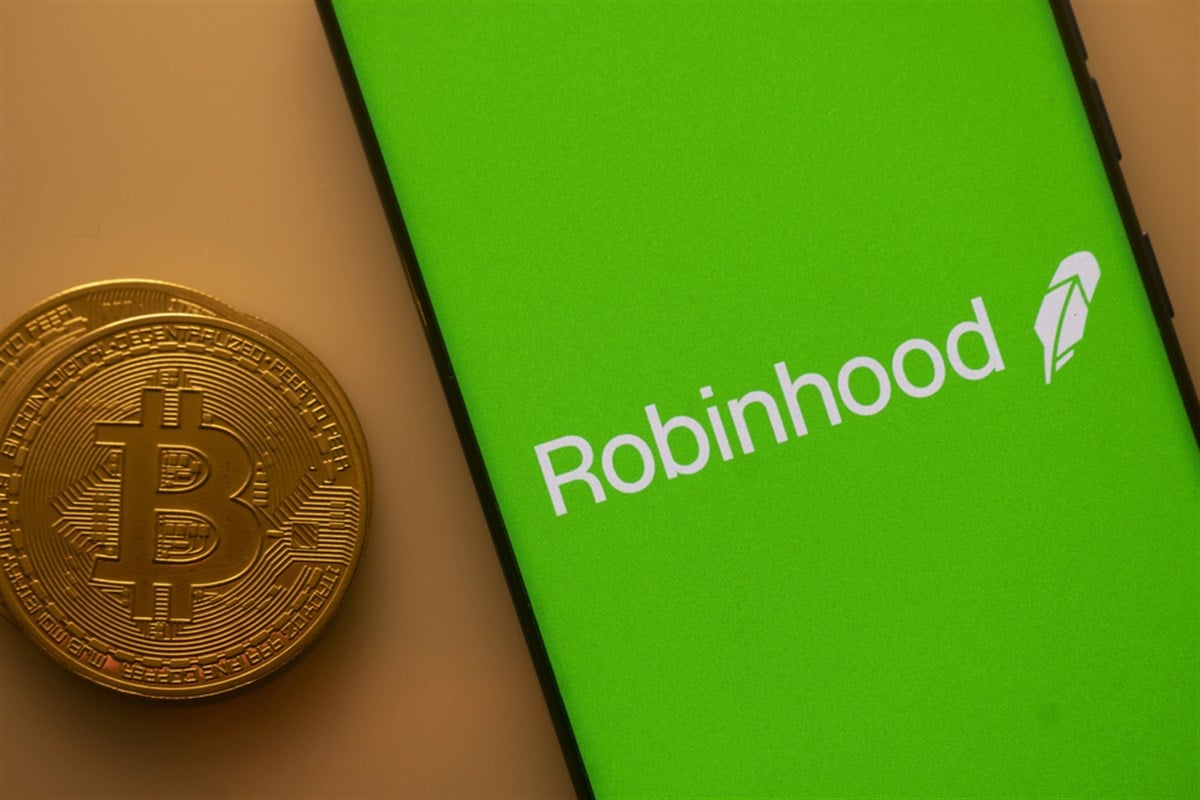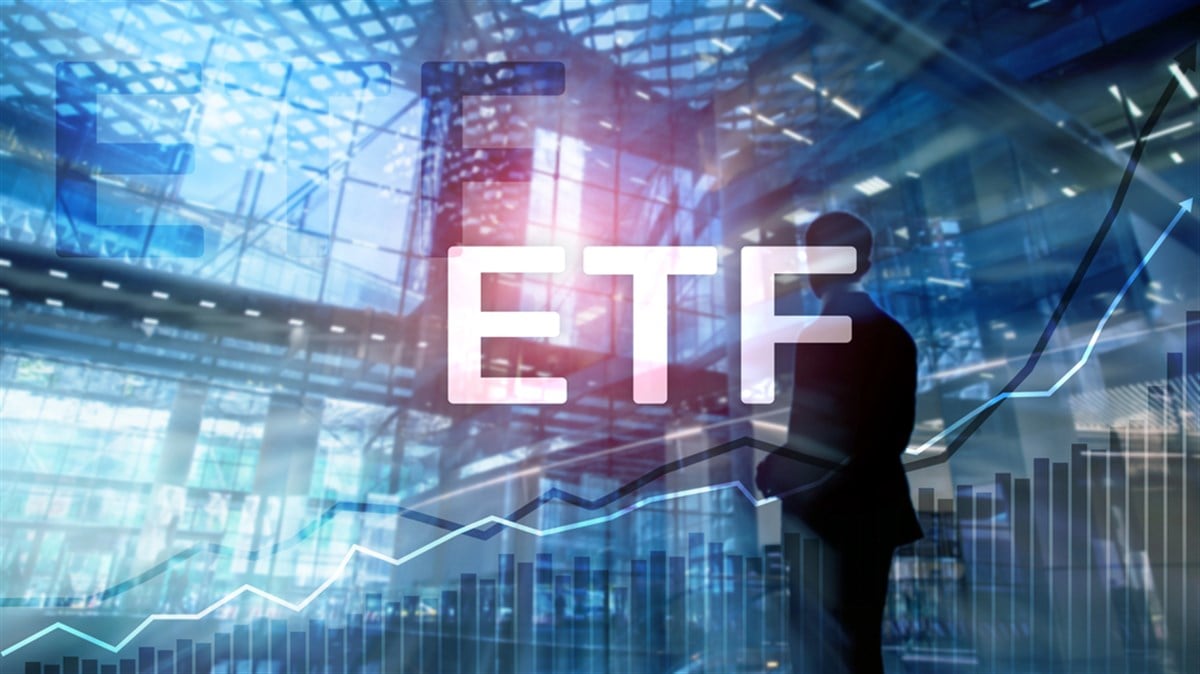3 Alternative Energy ETFs That Are Crushing the Market This Year

The renewable energy industry faced numerous challenges in 2025, including a rollback of clean energy tax credits, the imposition of new restrictions, and other hurdles. Investments in wind and solar fell 18% year-over-year (YOY) for the first half of 2025. Nonetheless, energy capacity growth in the United States remains highly focused in the renewables corner, representing more than 30 gigawatts year-to-date (YTD) as of September.
Some experts predict renewables deployment could continue to grow into 2026, in spite of supply chain pressures, uncertainty surrounding tariffs, and a shifting policy landscape. Some sections of the alternative energy market—specifically, nuclear energy and clean hydrogen—may be particularly attractive to investors, thanks to surging demand from data centers and a more supportive position from both sides of the political aisle. With that in mind, the three exchange-traded funds (ETFs) below are worth keeping an eye on heading into the new year.
URA Is a High-Flying Uranium Equities ETF
The Global X Uranium ETF (NYSEARCA: URA) provides a targeted play on the expected long-term resurgence in uranium demand. With estimates suggesting reactor demand could double by 2040, URA offers investors exposure to a portfolio with 50 uranium-focused equities.
The ETF is highly concentrated in two of the biggest names—Cameco Corp. (NYSE: CCJ) and Oklo Inc. (NYSE: OKLO), representing 22% and 14% of the portfolio, respectively—but is otherwise fairly diversified.
URA also has a position in the Sprott Physical Uranium Trust Fund (OTCMKTS: SRUUF), providing some exposure to physical uranium.
About two-thirds of the portfolio represents companies based in Canada or the United States, two key centers for the uranium industry.
URA has shone brightly this year, climbing by about 87% YTD. Though it is fairly expensive with an expense ratio of 0.69%, investors expecting this rally to continue may find the cost to be well worth it.
NLR Offers Broader Nuclear Exposure With Lower Fees
Investors seeking a slightly cheaper alternative to URA might turn to the VanEck Uranium+Nuclear Energy ETF (NYSEARCA: NLR). NLR is also a globally-focused ETF with a broader mandate that covers companies related to all aspects of the nuclear energy industry. This means that NLR's basket includes mining firms, companies that build nuclear reactors, those that produce energy from nuclear sources, and more.
While the strategy is broad, NLR's portfolio itself is narrower than URA's.
NLR has only 27 holdings, and it is highly concentrated—more than half of its assets are invested in just 10 companies.
Nonetheless, NLR is a popular option among investors seeking wide exposure to the nuclear industry as a whole, while those favoring a uranium-focused strategy might opt for URA instead.
NLR has also posted impressive results this year, climbing by about 74% YTD. Its annual fee is 0.56%, still expensive compared with passively managed ETFs, but more competitive within the niche space of nuclear energy funds.
HYDR Bets on Hydrogen's Explosive Growth Potential
Clean hydrogen has massive growth potential, with production estimated to increase by 28 times in the next five years. The Global X Hydrogen ETF (NASDAQ: HYDR) is currently the only pure-play hydrogen fund available and could benefit significantly if this growth materializes.
Still, investors should keep in mind that this fund is small (it has just $81 million in managed assets and has a low one-month average trading volume of around 71,000) and therefore higher risk than some other options in the alternative energy space.
HYDR's portfolio is narrow, aligning with the relatively small corner of the market dedicated to clean hydrogen technology and production.
The fund holds just 26 positions, with the largest two representing a combined half of the invested funds. Still, investors willing to take the risk might find that HYDR's sizable returns of about 104% YTD make it quite compelling. Additionally, the fund's expense ratio is 0.50%, which is lower than the other two ETFs on this list.
Learn more about URA


